By Meg A. Parsont
Apologies for the ear worm, but with temperatures over 90 degrees this week and last, the lyrics to the Lovin’ Spoonful classic seem fitting. At times when there “doesn’t seem to be a shadow in the city” our green spaces provide much-needed relief from the relentless heat. The community gardens on the Upper West Side are approaching their peak summer lushness and offer shady seating either in the gardens themselves or on benches around the perimeter.
As one ascends the steps to the Lotus Garden which is perched over a parking garage on West 97th Street, it feels like the temperature drops by several degrees. While sunlight dapples the garden, there are plenty of shaded areas among the plots, and breezes blow even on the most oppressive days.
Pink and blue hydrangeas continue to flourish here, along with hostas and the pollinator-loving echinacea.
In addition to the familiar pink flowers, look for a stunning crimson-colored echinacea plant towards the middle of the garden.
This week, show-stopping Stargazer lilies (Lilium orientalis ‘Stargazer’) have sprung up all around the garden. With their generous pink and white blooms and heady fragrance, these five-foot-tall lilies can’t be missed. Many lilies tend to face downwards, but the Stargazer is much less self-effacing, having been developed in the late 1970s as a cross between Lilium auratum and L. speciosum to intentionally create an upward-facing flower.
Another splashy arrival this week is the six-foot-tall, bright yellow rudbeckia (aka black-eyed Susan) in the plot at the top of the stairs. The tender of this plot is one of several original gardeners who joined the Lotus Garden in 1983, and she’s cultivated these rudbeckia for nearly 20 years!
Diagonally across the way is a sea of colorful zinnias: brilliant orange, yellow, pink, and fuchsia annuals that are great pollinators.
Some zinnias and dahlias resemble each other, but while they are both members of the aster family, zinnias are annuals grown from seed while dahlias are commonly grown from tubers that can be replanted each year. In the language of flowers, Zinnia symbolizes friendship.
Gardeners in the 91st Street Garden in Riverside Park and passers-by alike have commented that everything in the garden seems to be taller and lusher this year, perhaps due to the hot and humid weather we’ve been having. Look for a regal red rose at the southern end of the garden that is at least eight feet tall.
The purple butterfly bushes (Buddleia davidii) scattered throughout the garden are well over seven feet tall. While their spiky clusters of blooms resemble those of lilacs, these plants aren’t related. Also keep an eye on the eight-foot- tall rudbeckia in the southwest quadrant of the rectangle that’s about to burst into boom.
This is a time of abundance in the 91st Street Garden, when the long-blooming hydrangeas, pink and red bee balm, and russet, yellow, and orange lilies mingle with new arrivals including the perennial amethyst-colored lobelia, magenta phlox, and hosts of daisies.
Beds of coleus and caladium are filling out and their ornamental leaves in shades of pinks and burgundies are as beautiful as any flower in the garden.
The West Side Community Garden is brimming with color as well. Trailing down from the trellis on the path leading to the 90th Street entrance, bright orange trumpet vine is starting to bloom. In addition to being beautiful, these blooms attracts hummingbirds.
Deep pink hydrangeas are the perfect backdrop for a bed of annuals including orange marigolds, and petunias in shades of pink, purple, and hot pink and white.
The garden is home to several exotic-looking plants including coral-colored calla lilies peeking out from their speckled green foliage, and the elephant ear, a tropical perennial with leaves that can reach two feet long. The elephant ear is in a plot near the 89th Street entrance, with magenta impatiens nestled beneath.
Along the path leading to the 90th Street entrance, be sure to check out the grove of oak leaf hydrangea. When they first bloomed well over a month ago, these large, conical flowers were creamy white; they are now a lovely peachy-pink color and still going strong.
The West Side Community Garden (89-90th Streets, between Amsterdam and Columbus Avenues)
Open 7 days/week from dawn to dusk
Mark your calendar: Stag and Lion Theatre presents Shakespeare’s “Much Ado About Nothing” on July 16, 17, 23, 24 starting at 6 pm.
Note: The West Side Community Garden conducts a compost collection on Sunday mornings from 11 am-noon outside its 90th street entrance, between Amsterdam and Columbus Avenues. Please read their guidelines before dropping off compost.
The Lotus Garden (97th Street between West End Avenue and Broadway)
Open to the public on Sunday afternoons between 1-4 pm, from April 10-mid-November
The 91st Street Garden on the Promenade level of Riverside Park
Open 7 days/week from dawn to dusk
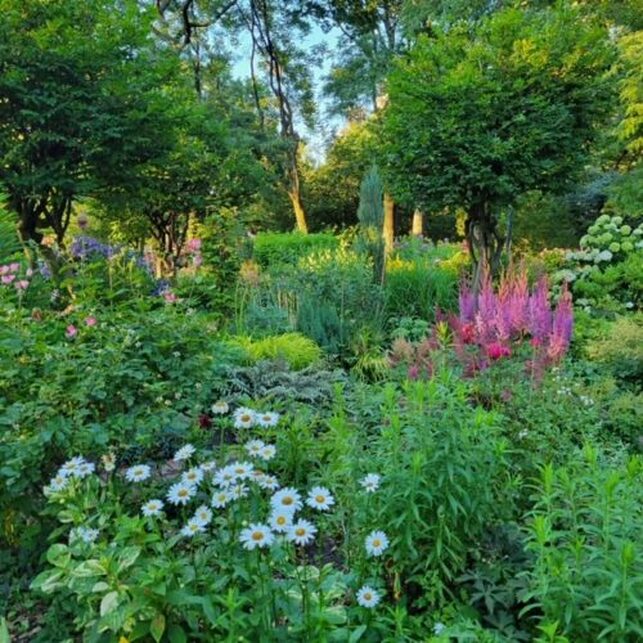
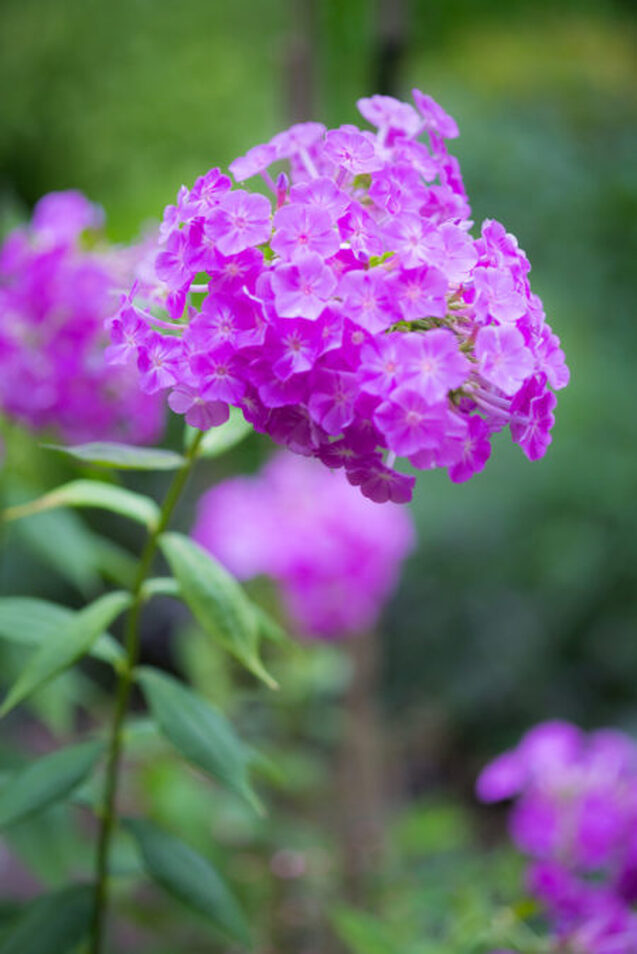
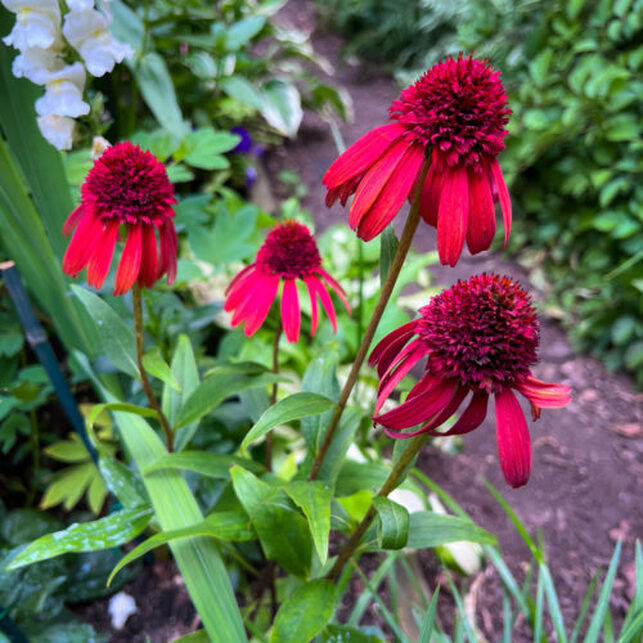
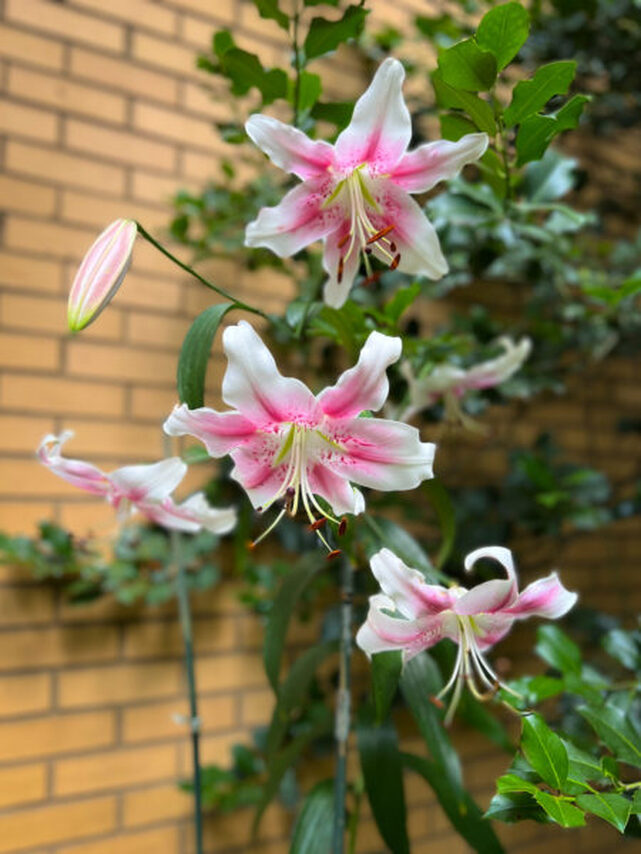
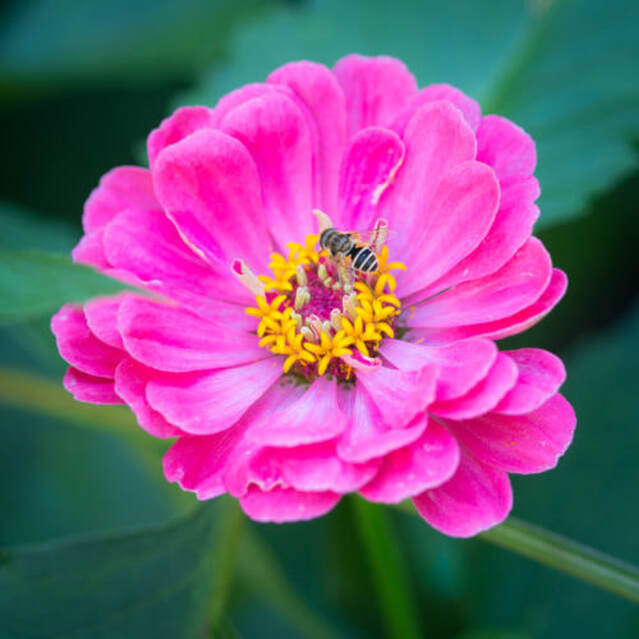
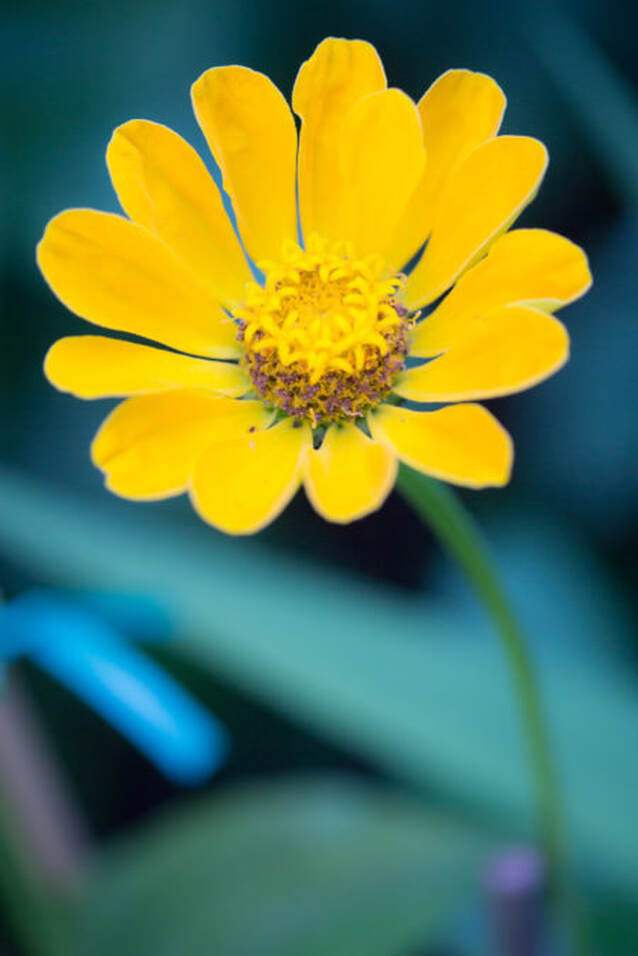
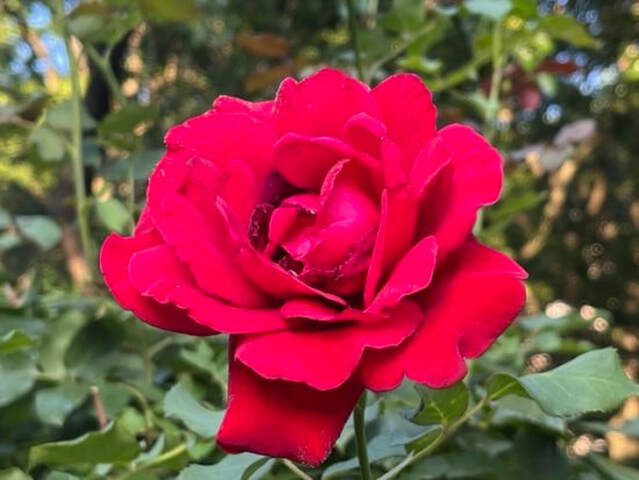
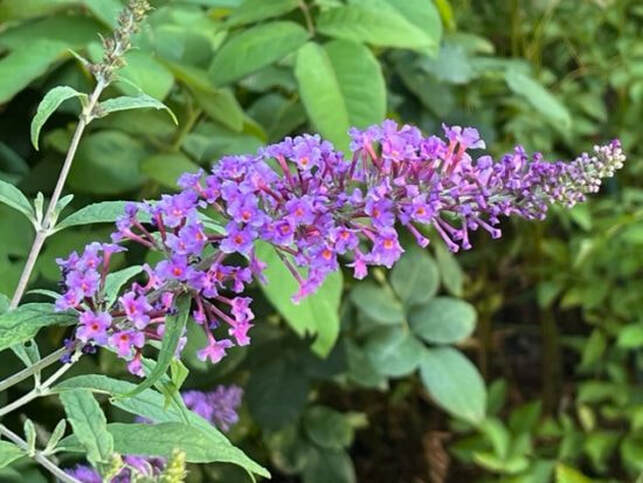
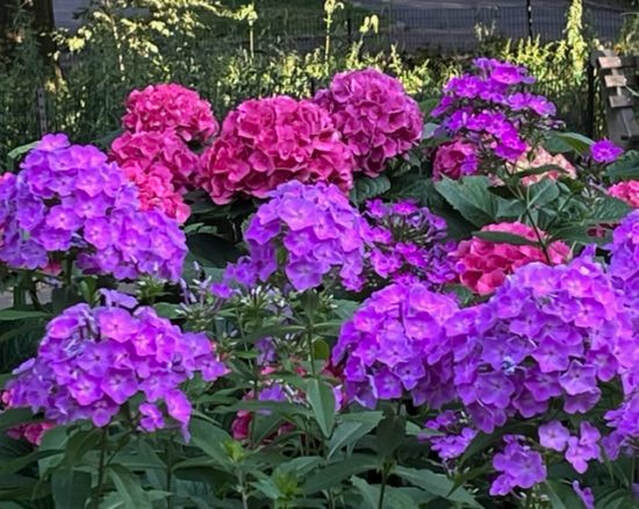
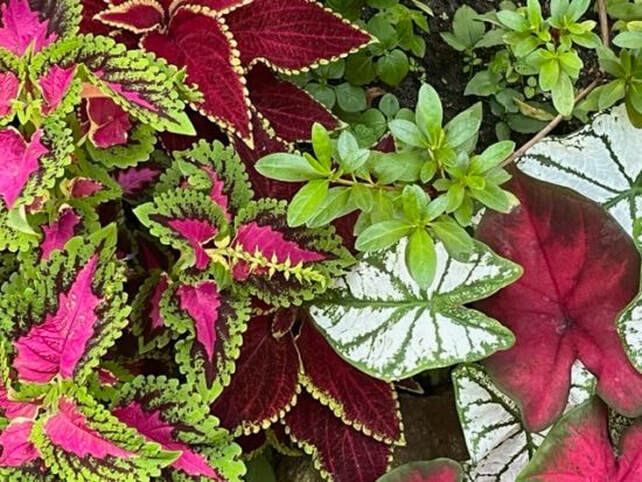
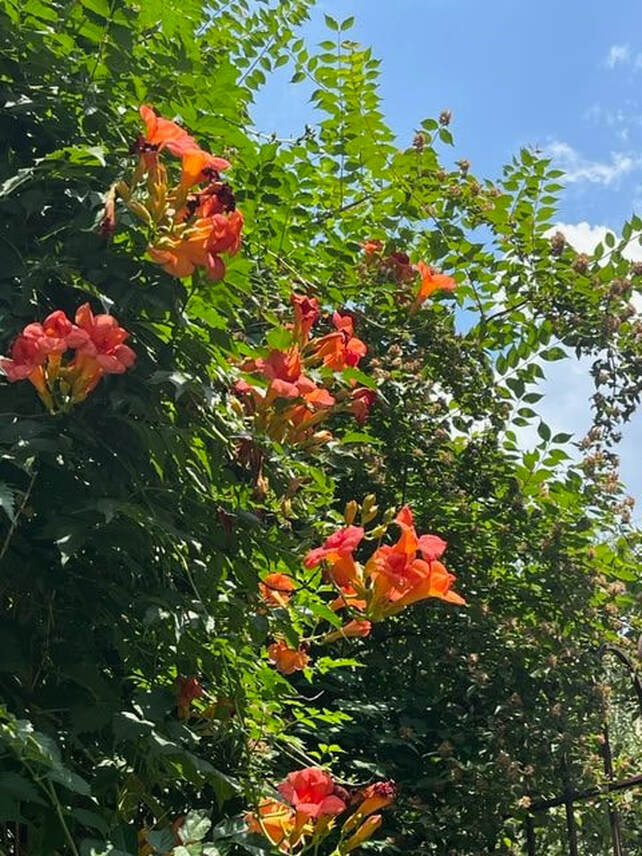
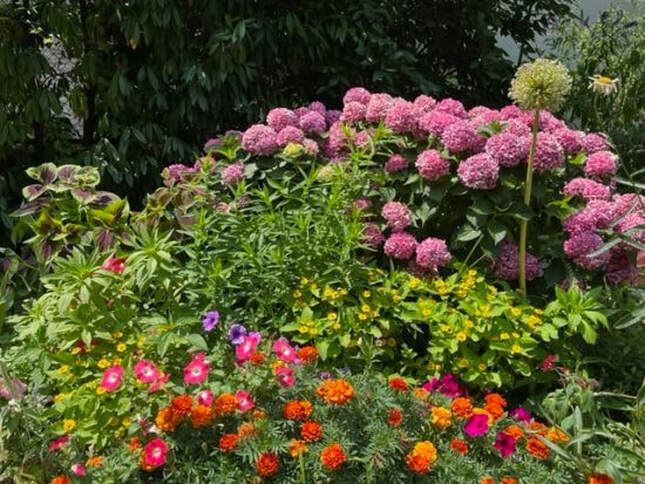
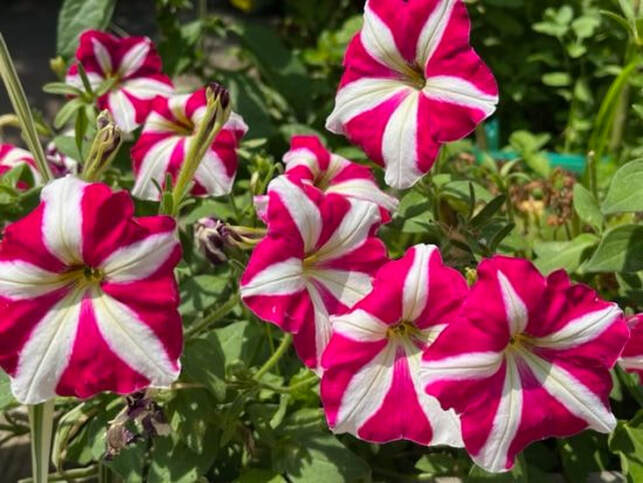
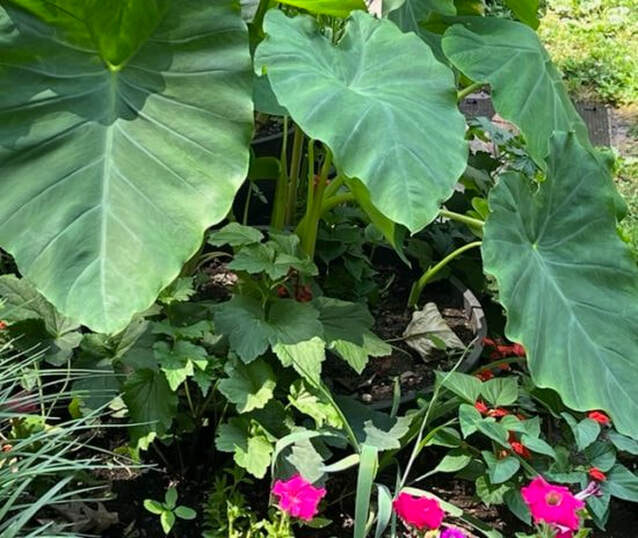
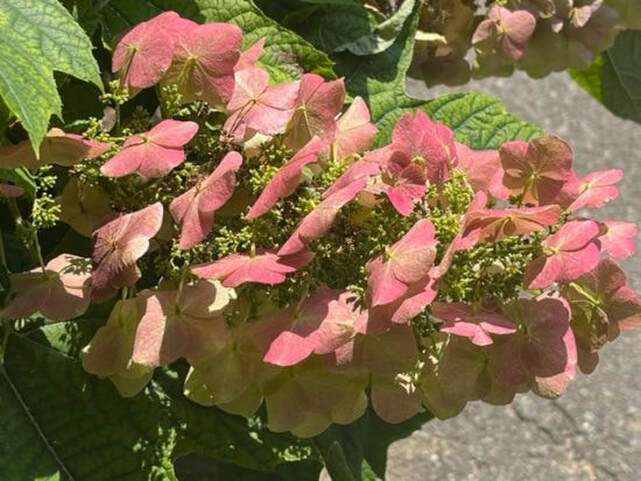
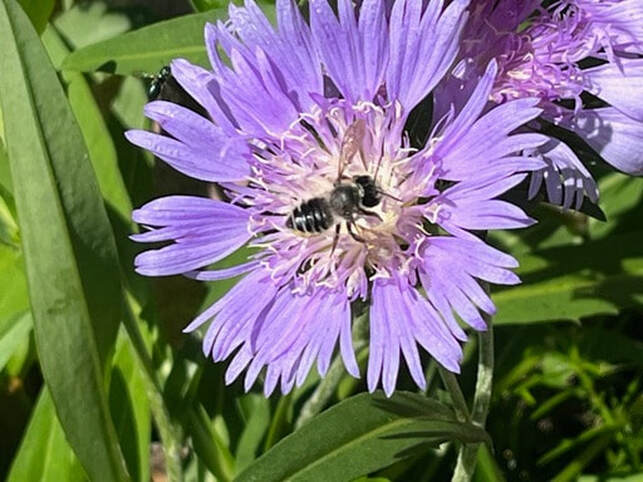
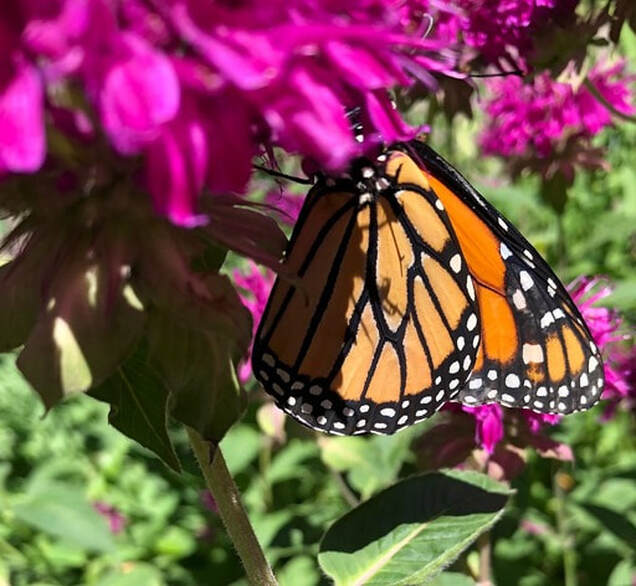
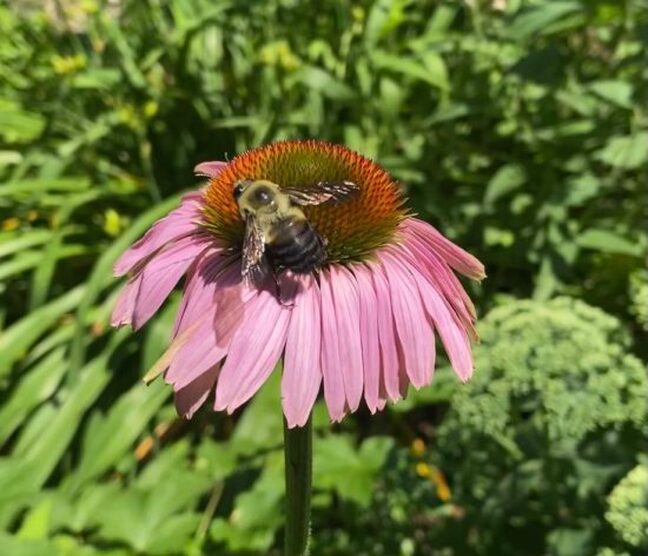
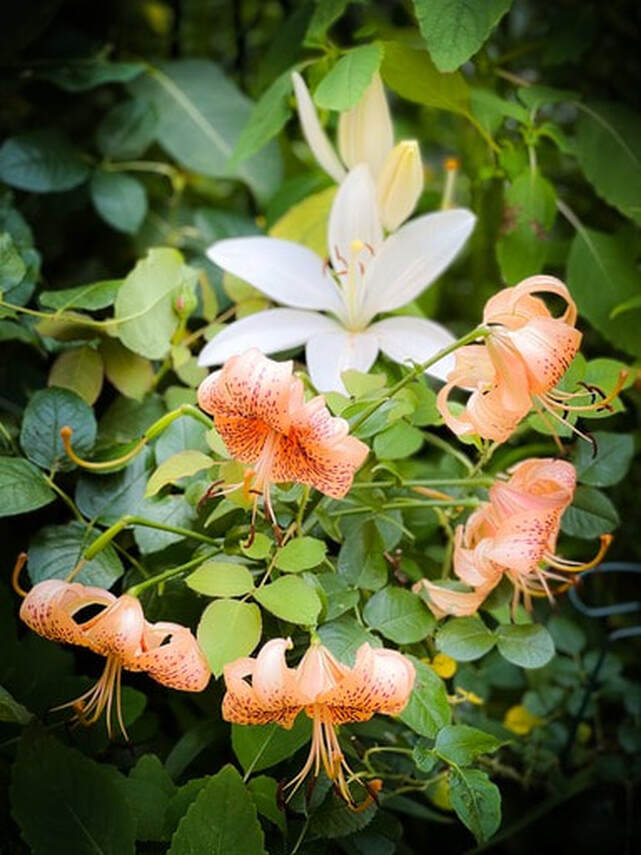
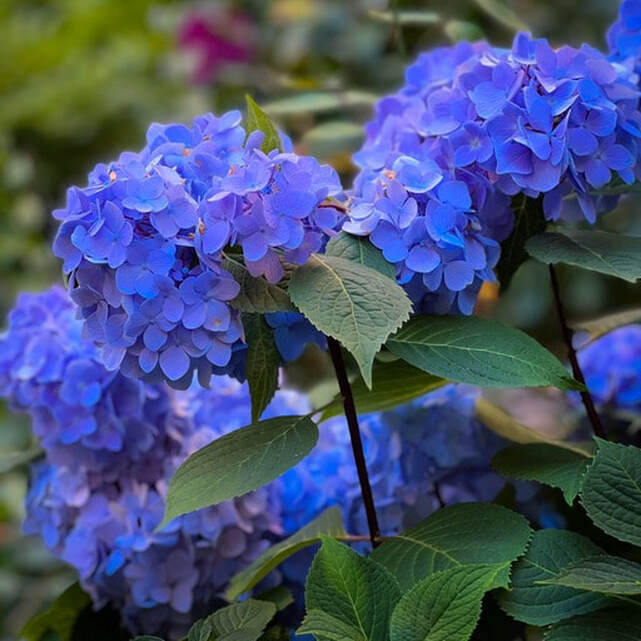
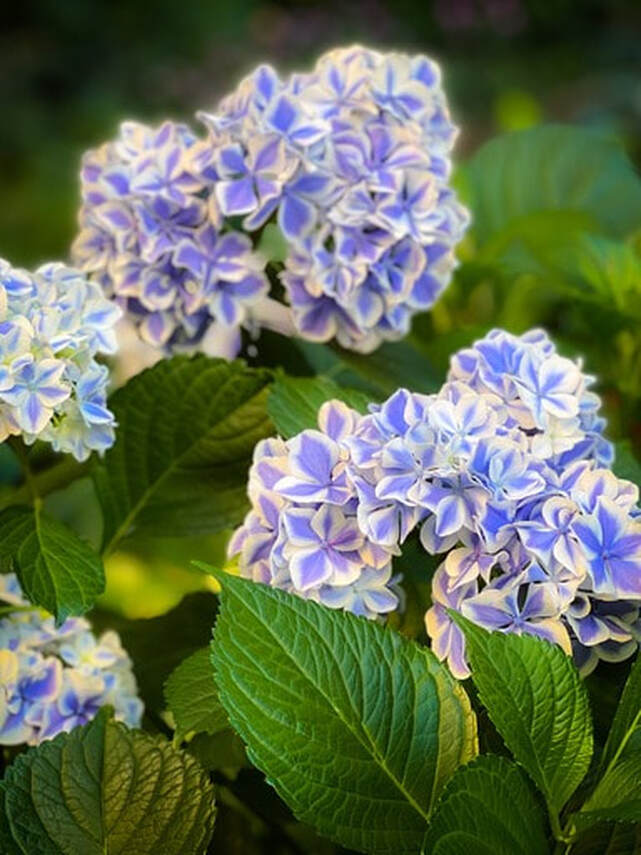
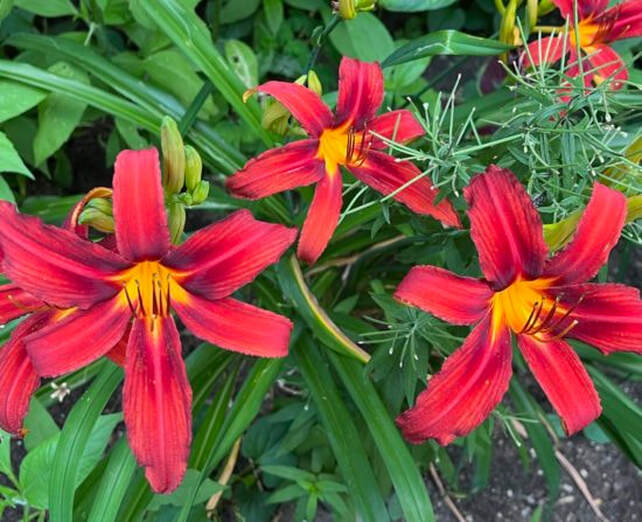
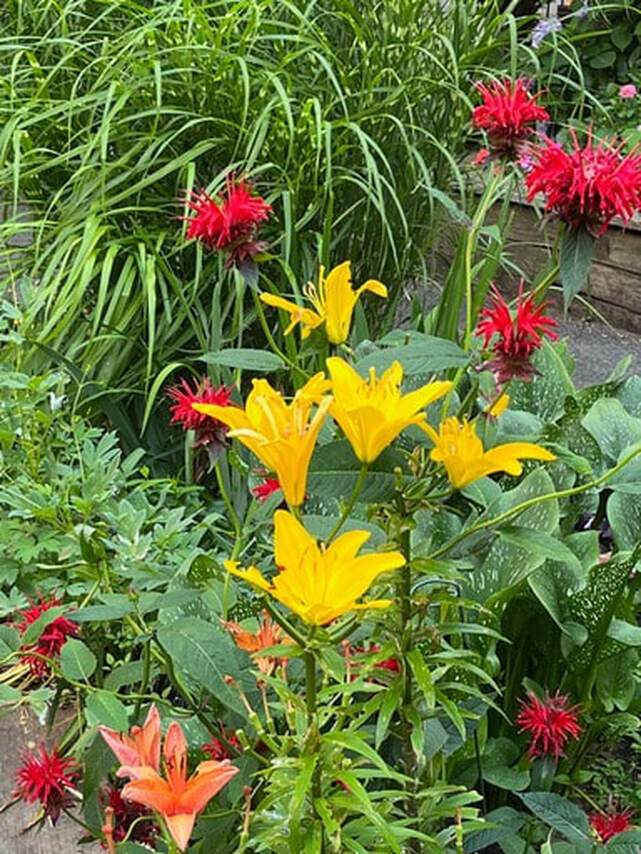
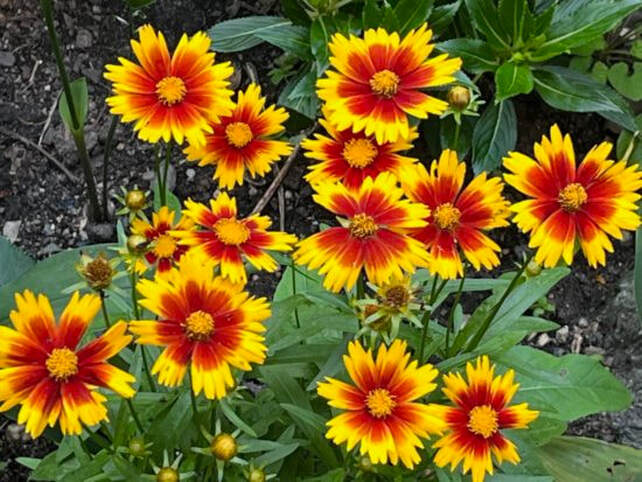
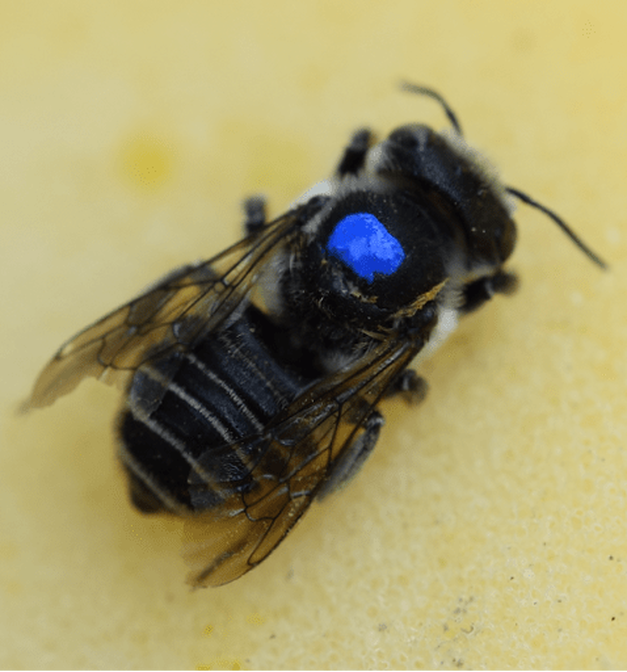
 RSS Feed
RSS Feed
